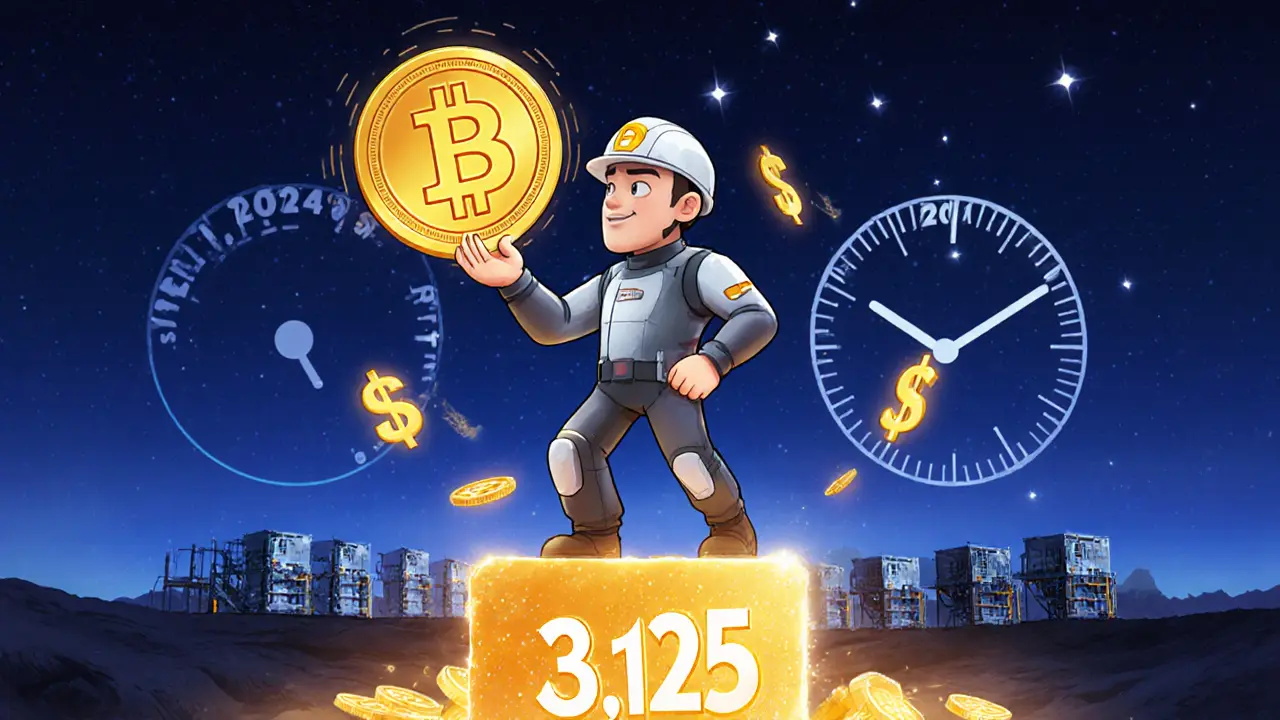Cryptocurrency Mining
When talking about cryptocurrency mining, the process of securing a blockchain by solving cryptographic puzzles and adding new blocks. Also known as crypto mining, it turns computing power into new coins and transaction fees.
One of the most recognized forms is Bitcoin mining, the original proof‑of‑work network that set the standard for hash‑rate competition. To compete, miners rely on ASIC hardware, application‑specific integrated circuits built solely for mining algorithms. These devices deliver terahashes of power while consuming a lot of electricity. Because a single ASIC can dominate a share of the network, many operators join mining pools, groups that combine hash power to earn steadier rewards and split the proceeds. The pool model reduces variance, but it also means miners need reliable internet and low latency to stay in sync with the pool’s scheduler.
Key Factors to Consider
Energy consumption is the biggest cost driver. Regions with cheap, renewable power can keep margins healthy, while high‑price grids squeeze profits. This cost factor also shapes where miners set up shop. After China’s crackdown in 2021, a massive exodus moved hash power to places like Kazakhstan, Texas, and other jurisdictions with favorable electricity rates. That shift reshaped the global hash‑rate distribution and highlighted how regulation influences mining geography.
Another consideration is the environmental impact. Critics point to carbon footprints, but many miners now pair ASICs with solar or wind farms to lower emissions. The trade‑off between profitability and sustainability is a hot debate in the community. Additionally, hardware lifespan matters; ASICs become obsolete as newer, more efficient models appear, so miners must plan for upgrades or resale to avoid stranded assets.
Finally, profitability calculators combine hash rate, power draw, electricity cost, and block rewards to estimate daily earnings. These tools help you decide if a specific setup makes sense for your budget and risk tolerance. Understanding the math behind the numbers lets you spot when a pool’s fee structure or a region’s power price tilts the balance in your favor.
Below you’ll find a curated list of articles that dive deeper into each of these topics—hardware reviews, pool comparisons, regulatory updates, and real‑world case studies—so you can build a solid mining strategy that fits your goals.
What Are Block Rewards in Cryptocurrency? How Miners and Validators Get Paid
Block rewards are the payments miners and validators receive for securing blockchain networks. They include newly minted coins and transaction fees, and they're essential to keeping cryptocurrencies like Bitcoin and Ethereum running. Learn how they work, why they change, and what happens when they disappear.
2025 Block Reward Comparison of Major Blockchains
Explore how block rewards differ across Bitcoin, Monero, Dogecoin, ECASH and more. Learn reward schedules, mining hardware needs, profitability tips, and future halving impacts.

